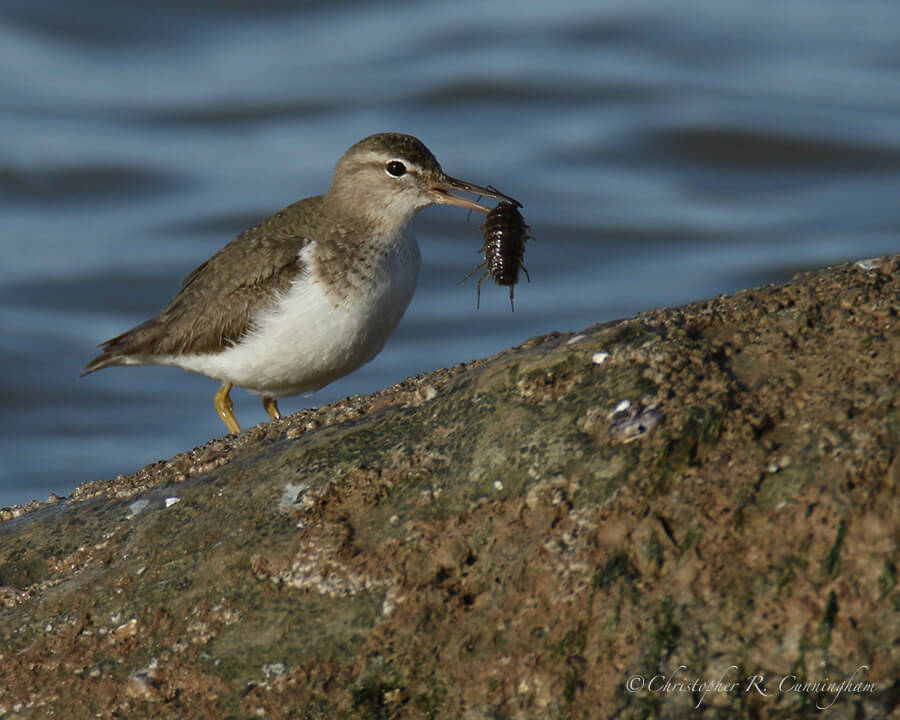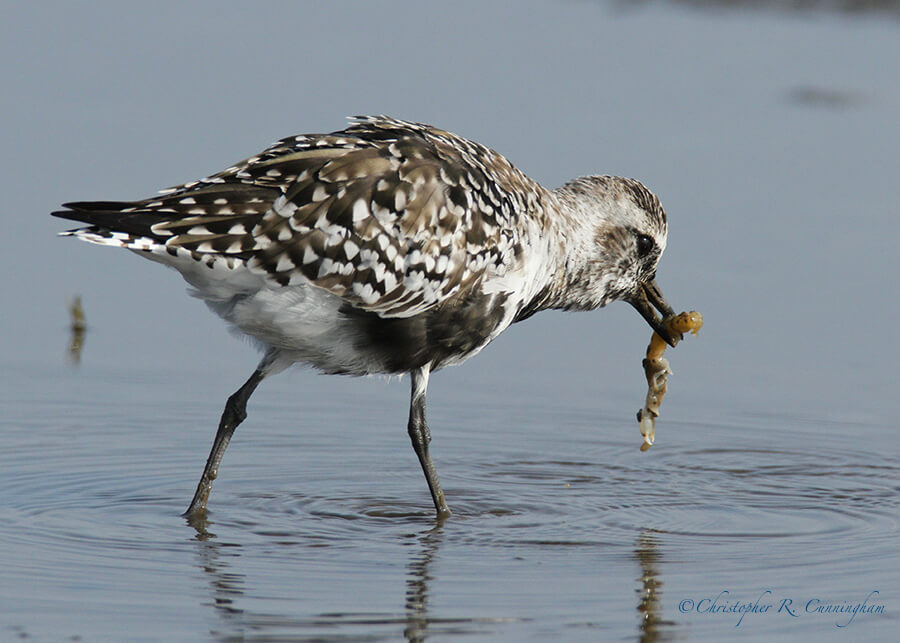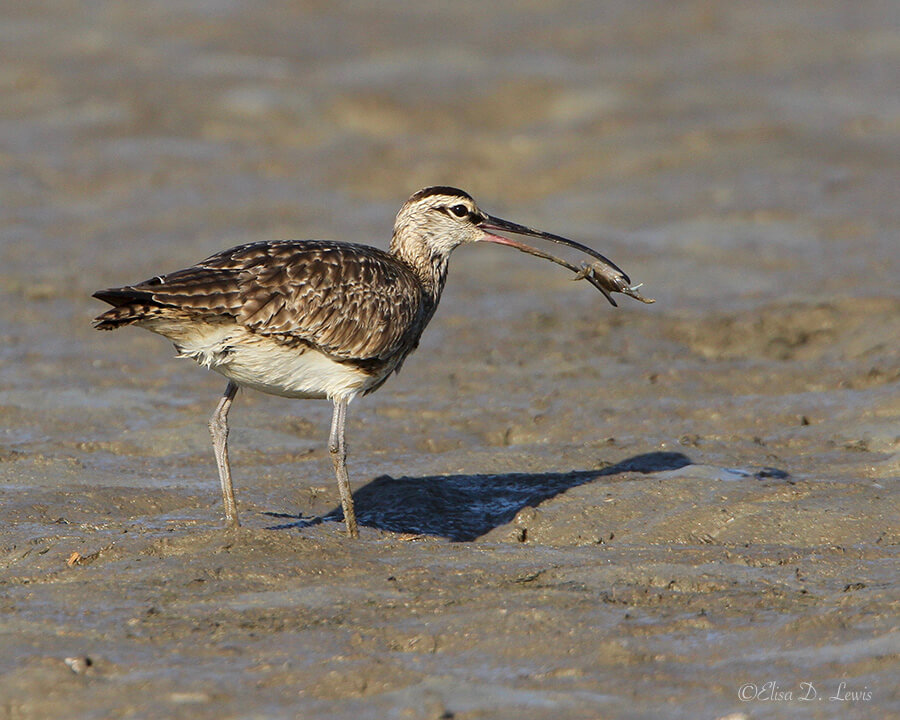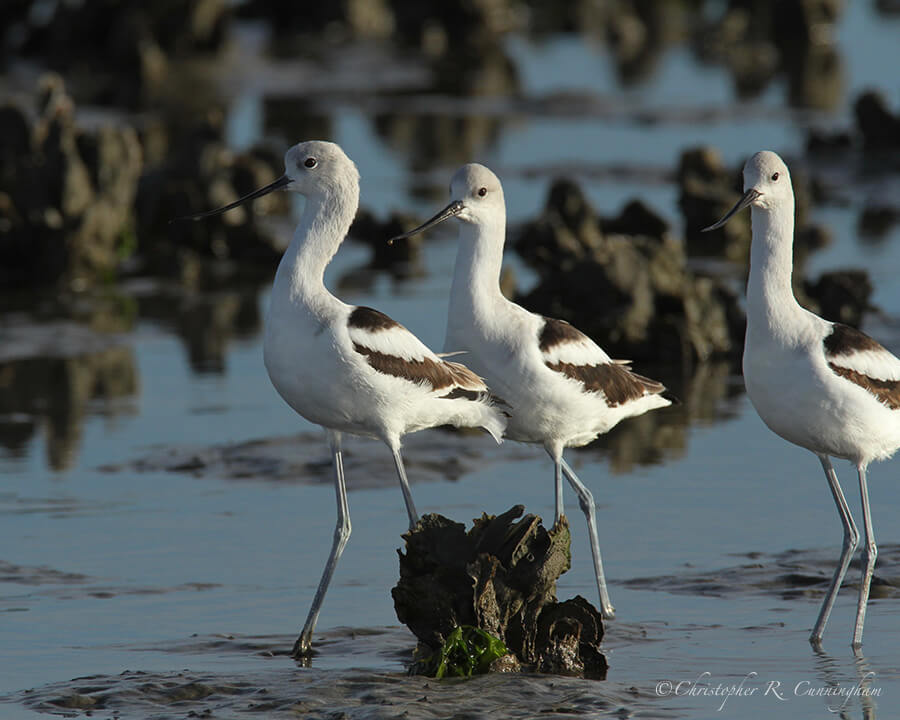In structural complexity, adaptation to all sorts of environments, and development of a remarkable social organization among some, the arthropods are judged to represent the peak of evolutionary advancement attained by invertebrates.—Moore, Lalicker, and Fischer, Invertebrate Fossils (1952)

It’s almost time to get back into one of our spring birding habits: A road trip to the Smith Oaks Rookery on High Island in the afternoon (for the best light), followed by the night in Winnie, and a trip down the Bolivar Peninsula the next morning. The highlight of Bolivar is usually Frenchtown Road, where shorebirds and waders can often be seen hunting for invertebrates, especially arthropods, on the tidal flats, in the shallow tidal channels, and from among the exposed oyster patch reefs.

Another spring tradition is travel to Bryan Beach (or Surfside Jetty Park or Quintana Neotropical Bird Sanctuary), followed by a trip up Follett’s Island, across to Galveston Island, ending at Lafitte’s Cove. These trips have the best of both worlds, littoral marine habitats and songbird migrant traps among mighty hardwoods.

This time of year reminds the birder of the fact that birds are governed by the never-ending search for food. As avian migrants follow the sun’s energy north, they are mostly following the the exploding biomass of terrestrial invertebrates, primarily arthropods. Birds lucky enough to be able the tap the perennial invertebrate bounty of the sea can overwinter along the coast. Those dependent on terrestrial and aquatic arthropods like insects must wait for the inevitable return of the summer swelter.

©2016 Christopher R. Cunningham and Elisa D. Lewis. All rights reserved. No text or images may be duplicated or distributed without permission.